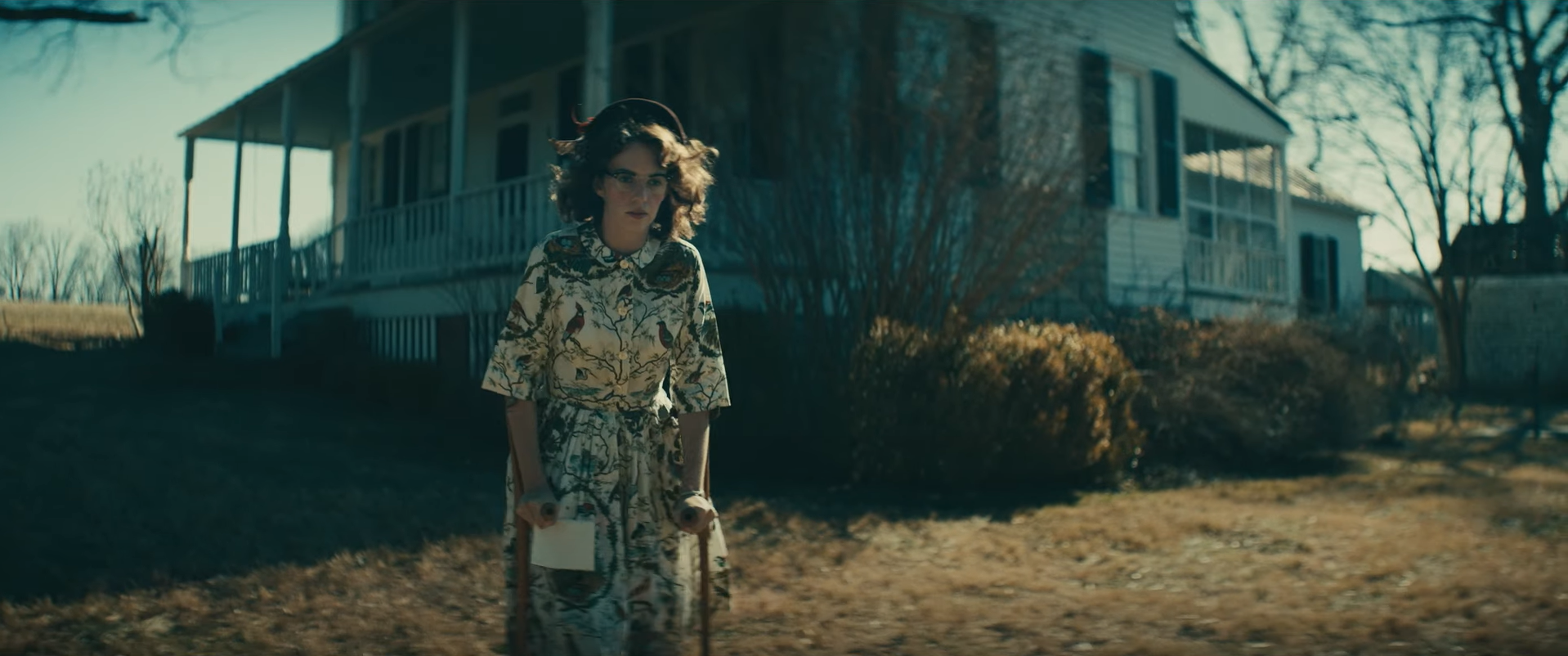Dr Strangelove versus technocracy
/Peter Sellers as Group Captain Lionel Mandrake in Dr Strangelove
Last week I showed my US History II students one of my favorite movies: Dr Strangelove, or: How I Learned to Stop Worrying and Love the Bomb. While the usual points of discussion of Dr Strangelove are the Cold War policies and theories that inspired it—the arms race, brinkmanship, deterrence, paranoia, and most especially mutual assured destruction—for years now I’ve noted a more subtle strain of critique running through the film: the false promise of technology and technocratic leadership.
Having gone rogue and radioed his wing of nuclear-armed B-52s “the go code” without authorization from the President or the Pentagon, Gen Jack D Ripper can wait in satisfaction for his men to breach the peace and commit the US to all-out war because he is the only person in the world who can communicate with the bomber crews. This is thanks to the CRM-114 “discriminator” on the radio, which blocks out any transmission missing a three-letter code prefix. While the bomb is the most obvious technological threat in the film, it is communications technologies, technologies meant to connect and to facilitate greater understanding, that most stymie the characters in their efforts to recall Ripper’s bombers.
Kubrick plays with some rich irony here. Radio communication with the bombers is blocked thanks to the CRM-114, but Ripper also barricades himself inside his headquarters, won’t answer the phone, and impounds even the privately owned radios on his base. During the US Army’s frantic attempt to shoot their way in, capture Ripper, and put him on the phone with the President, the phone lines are cut.
All but one: a Bell pay phone, through which Group Captain Mandrake—perhaps the only sane character in the film, and who spends most of the movie frightened out of his mind in Ripper’s office—attempts to call the Pentagon only to be blocked by an unhelpful operator.
Technology surrounds every character, insulating them from each other and limiting not only the options available to them but even the options they can imagine. Not for nothing is Mandrake introduced in the midst of a massive bank of IBM computers (see the imagine above), staring at a continuous feed of printed data. The President and the Joint Chiefs in the War Room depend entirely on “the big board,” an electronic map of Russia marked with the bombers’ targets and flight paths, for information about what’s happening outside. The film’s climax begins when they learn that some the information presented on the board is incorrect. And Dr Strangelove both enters and exits the film talking about computers—first to explain how the Soviet doomsday machine works, and at the end to describe a potential method of selecting suitable survivors to go into hiding. The latter comes after the doomsday machine has already been triggered and everyone on earth has mere minutes to live.
The saddest aspect of the film is the way the technological trap US leadership has walked into rubbishes the virtues of the men in their charge. Rippers’s men and the US Army troops sent to capture him shoot it out with each other and even die, both in the belief that they’re the good guys.
But the point is made clearest with B-52 pilot Maj Kong. Though played by comedic actor Slim Pickens, Kong is the film’s straight man. (Supposedly Kubrick never told Pickens that the movie was a comedy and Pickens treated the role as a serious thriller lead.) He is visibly bothered to receive the go code and treats his mission in deadly earnest. As far as he knows, flying in a vast sky of ignorance thanks—again—to the communication blackout, the US is under attack and he and his men may be the country’s only defense. He unironically invokes patriotism and pluralism to buck up his crew and navigates his plane with immense ingenuity and courage. In any other story Kong and his men would be the heroes. But their flight is ironic comedy gold because of the situation created for them by leaders that trusted too much in technology to do their judgment for them.
The ideology and amoral strategizing of the Cold War creates the scenario depicted in the film, but it is technology that keeps it moving toward destruction regardless of the characters’ increasingly panicked attempts to prevent it. Dr Strangelove’s most famous attribute—alien hand syndrome, which allows his right hand to operate independently, not to mention embarrassingly—works as a neat visual metaphor for the entire situation: an amoral genius who cannot control his own body. The machines are in charge.
Perhaps the most telling line in the film comes from Gen Buck Turgidson, when he is first briefing the President on the situation: “I admit the human element seems to have failed us here.” Pesky humans.
If not an intentional critique, Dr Strangelove at least gives pride of place to technology as one of the causes of the accidental nuclear war that obliterates the world at the end. Given the realistic short-sightedness, love of technology for its own sake, and self-serving foolishness of most of the characters, it presents a good argument against depending technology to make our decisions for us.
But then again, Dr Strangelove came out sixty years ago. The bombers are probably already past their fail-safe points.



























